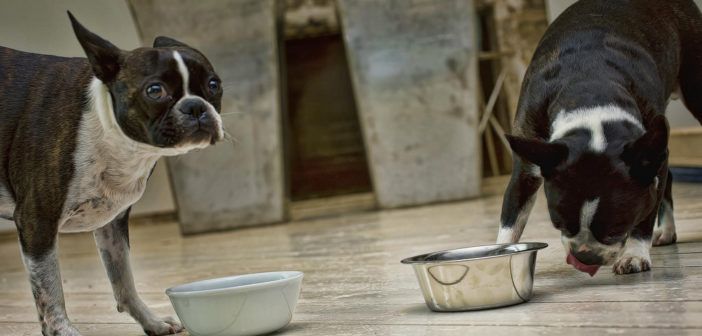Looking after a dog is one of life’s great joys, and 44% of Americans are believed to keep one of these most popular of pets. But when it comes to sorting out the right healthy food and safe portion sizes for your dog, it can sometimes seem like a hassle. Luckily, there are several tips you can follow to care well for your dog and ensure they are taking in the right food for their breed.
Use the right portion sizes
From scooping up pellets of dried food to weighing out wet food on your scales, working out the right portion for your dog’s meal is hard. You want you dog to be well-nourished, of course, but you also don’t want them to be unhealthy or put them at risk of disease. There are several factors that come into play here, but one of the most important is your dog’s breed.
On the face of it, you would think that larger breeds like Red Setters would need more food. But due to the way a dog’s metabolism works, smaller dogs like chihuahuas actually need more relative to their size (around 40 calories per pound of body weight) compared to larger dogs (which tend to need 22.5 calories per pound). The number of portions your dog receives also matters, with smaller breeds of dog requiring more frequent feeding – otherwise they could become lethargic.
Enlist some specialist help
Wading through all of the many resources out there can be a real time drag. It may help instead to seek out the services of an organisation which designs and provides healthy custom meals for dogs based on their breed, size and much more. By doing this, you will be able to ensure your dog gets the right food for them. With a veterinary nutritionist behind each meal plan, meanwhile, you won’t miss accounting for any of the crucial differences between breeds.
Think about temperament and physique
One of these crucial differences between breeds is behaviour. It’s clear that different breeds of dog have different attitudes when it comes to meal times. For that reason, it is wise to structure food choices around how your dog uses their mouth and teeth. Anyone who has a Labrador Retriever, for example, will know that dogs of this adorable breed love to eat quickly, so a food which requires chewing is a good move, as it will help them learn to self-regulate their eating and prevent damage to their mouths as they get older.
No matter what breed your dog is, it’s crucial that you feed them the right foods to keep them happy, safe and healthy. And while this can be tough to get right, it’s not impossible. Following the tips outlined here will set you well on your way towards a strong feeding regime for your pet.
Featured image credit david, CC BY-NC 2.0





